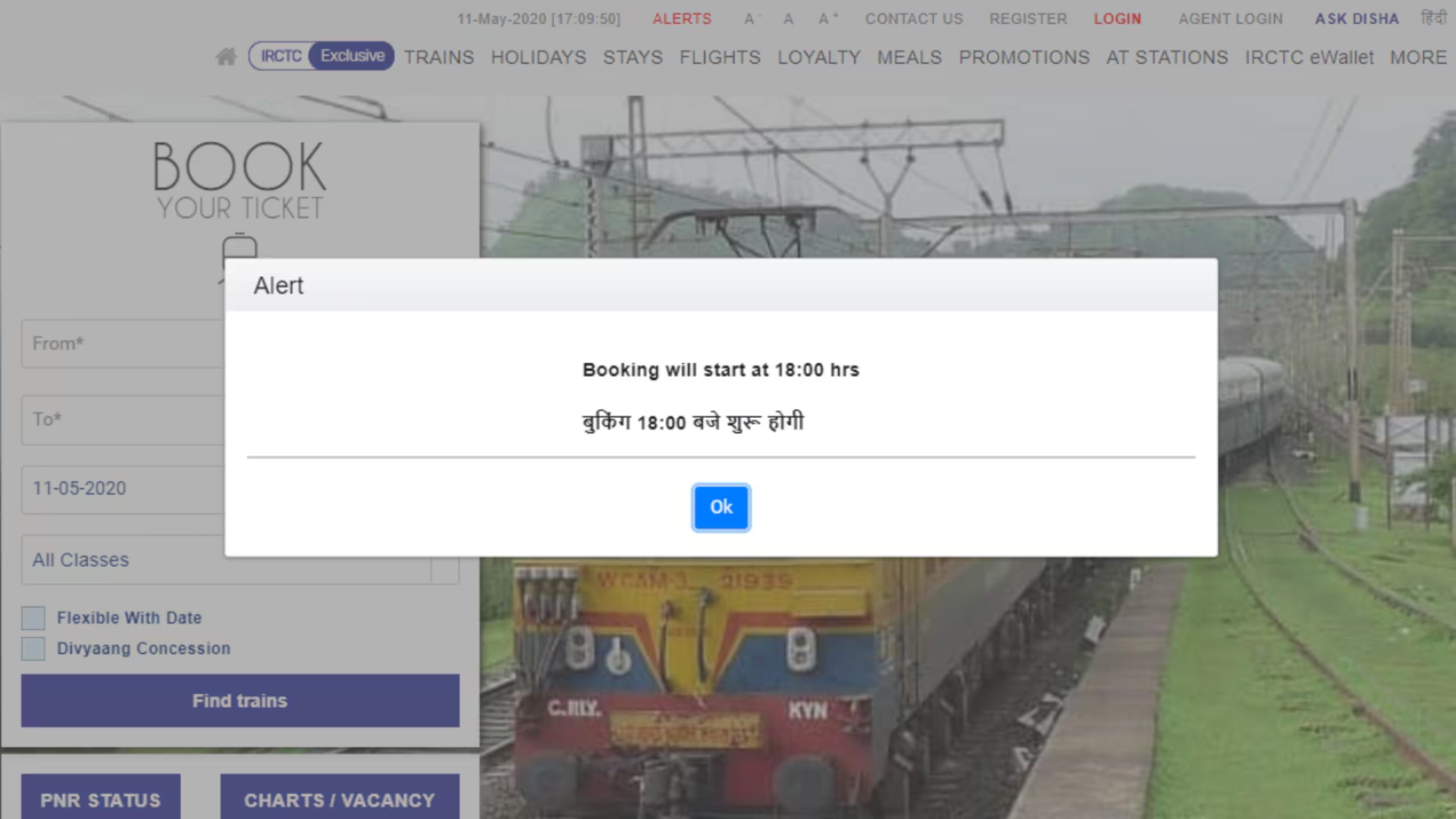On November 14, Sri Lanka’s 17.1 million registered voters goes to the polls for the snap parliamentary election that will settle a pivotal segment of their new president’s terms in office.
What Are Snap Elections?
Unlike regular scheduled elections, snap elections are called ahead of schedule, mostly because of a change in the political situation of a country or to gain a firmer mandate.
Sri Lanka’s President Anura Kumara Dissanayake, elected last September as the country’s first leftist leader, recently called for early parliamentary elections.
Snap elections can be utilised as an instrumental tool, thereby serving as an opportunity for leaders to seize an advantage based on the situation having favorable public opinion or to respond to pressing matters requiring a new mandate and decisive legislative force.
The Context of Sri Lanka’s Economic Crisis
The COVID-19 pandemic laid the root of Sri Lanka’s economic crisis due to its severe impact on the drastic decline of tourists arriving within the country and, subsequently, its revenue.
The situation only deteriorated further when the world witnessed unprecedented inflation levels along with food and fuel shortages by 2022. This triggered the foreign debt to default to $46 billion, which was how former President Gotabaya Rajapaksa fell.
His successor, Ranil Wickremesinghe, entered into agreements with the IMF at a cost of $2.9 billion, which has restored some semblance of stability in the economy but has left so many citizens in poverty while inflation continues to bite at the basics.
The Snap Parliamentary Election: Stakes and Key Contenders
Dissanayake leads a coalition known as the National People’s Power, or NPP-an alliance in which his party, Janatha Vimukthi Peramuna, or the People’s Liberation Front, is often characterized by its leftist and reformist orientation. It is one that has captured public interest considerably, but to seek a two-thirds majority, as he did, puts pressure on him to achieve such results. In the event of his successfully crossing the two-thirds threshold, that would give him legislative power to push forward a broad range of anti-corruption and economic reforms aimed at addressing the structural issues that underlie Sri Lanka’s fiscal crisis.
Other prominent competitors include Samagi Jana Balawegaya (SJB) headed by opposition leader Sajith Premadasa and New Democratic Front (NDF) backed by former President Ranil Wickremesinghe. Meanwhile, the erstwhile ruling party Sri Lanka Podujana Peramuna (SLPP), the party linked to the Rajapaksa family has fragmented and therefore is also under much pressure. So, lesser influential candidates are remaining on its side, and still fewer are competing for seat quotas, like Namal Rajapaksa.
A Rare and Low-Key Campaign
Some 8,885 candidates of 49 political parties and 284 independent groups are vying for the 225 seats of parliament, 196 of which are directly elected. But despite the massive number of candidates, the campaign has been remarkably tame. Analysts view an apathetic opposition and a disillusioned public as factors contributing to this much quieter campaign season. As election monitor Rohana Hettiarachchi said, “Compared to previous elections, violence is negligible,” representing an improvement towards a more nonviolent electoral process in contrast to previous violent cycles.
Key Economic Challenges Ahead
Economic recovery will be the biggest concern for many Sri Lankans. “Sri Lanka has yet to show signs of recovery after the country’s 2022 economic crisis, even after a bailout by the IMF.” Writes Raisa Wickrematunge, deputy editor of Himal Southasian magazine. As tentative signs of recovery start showing, however, some 25.9% of Sri Lankans continue to live below the poverty line, and economic growth is forecasted at only a paltry 2.2% for 2024. Most voters will continue to fear living costs-from the energy costs that have forced public hospitals to pass into an energy-saving mode alone.
An IMF delegation is scheduled to call on Colombo on election day to assess progress, for an additional tranche of $330 million of the bailout is conditional on satisfactory implementation of reforms. Dissanayake has assured that he will carry on with the IMF package, but his opponents think that actual reform should not stop at toeing the line dictated by the IMF, which is austerity, but reach out for issues that affect Sri Lanka-the scourge of corruption and fiscal mismanagement.
Role of Private Sector
The Ceylon Chamber of Commerce (CCC) had cautiously welcomed Dissanayake’s approach, viewing the latter as a potential catalyst for economic stabilization. Said CCC Secretary Bhuwanekabahu Perera, “Continuing reforms… could encourage both investor confidence and fiscal discipline.” The private sector is optimistic that Dissanayake’s very socialist-democratic approach could become balanced enough to promote a stable economic environment that is conducive for investment.
If election results are as analysts predict, Sri Lanka is expected to go for a majority mandate with Dissanayake’s NPP. However, two-thirds mandates may require him to enter into coalition with minor parties. A victory would give him the opportunity to implement much-needed structural reforms to address the economic and governance crises of Sri Lanka. On November 21, after the election results come in, the newly elected parliament will elect its speaker.
ALSO READ: Sri Lanka Goes For Snap Parliamentary Election On Nov 14 With Tight Security


















